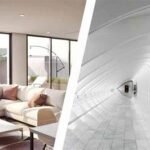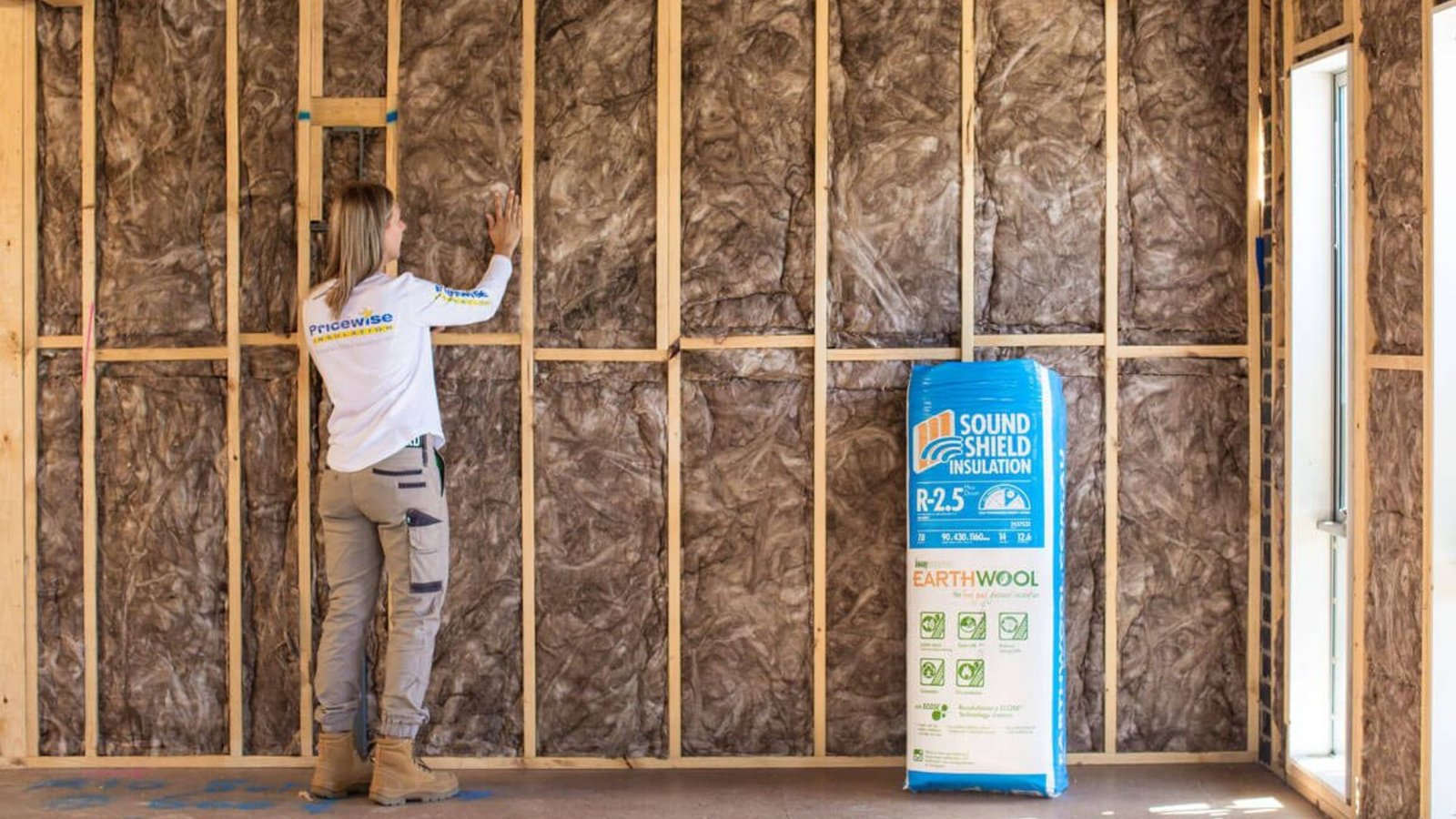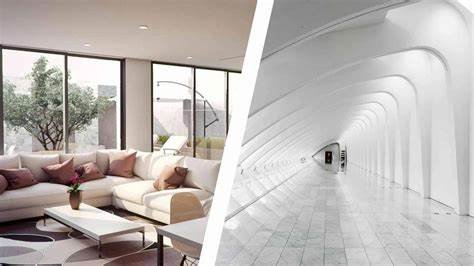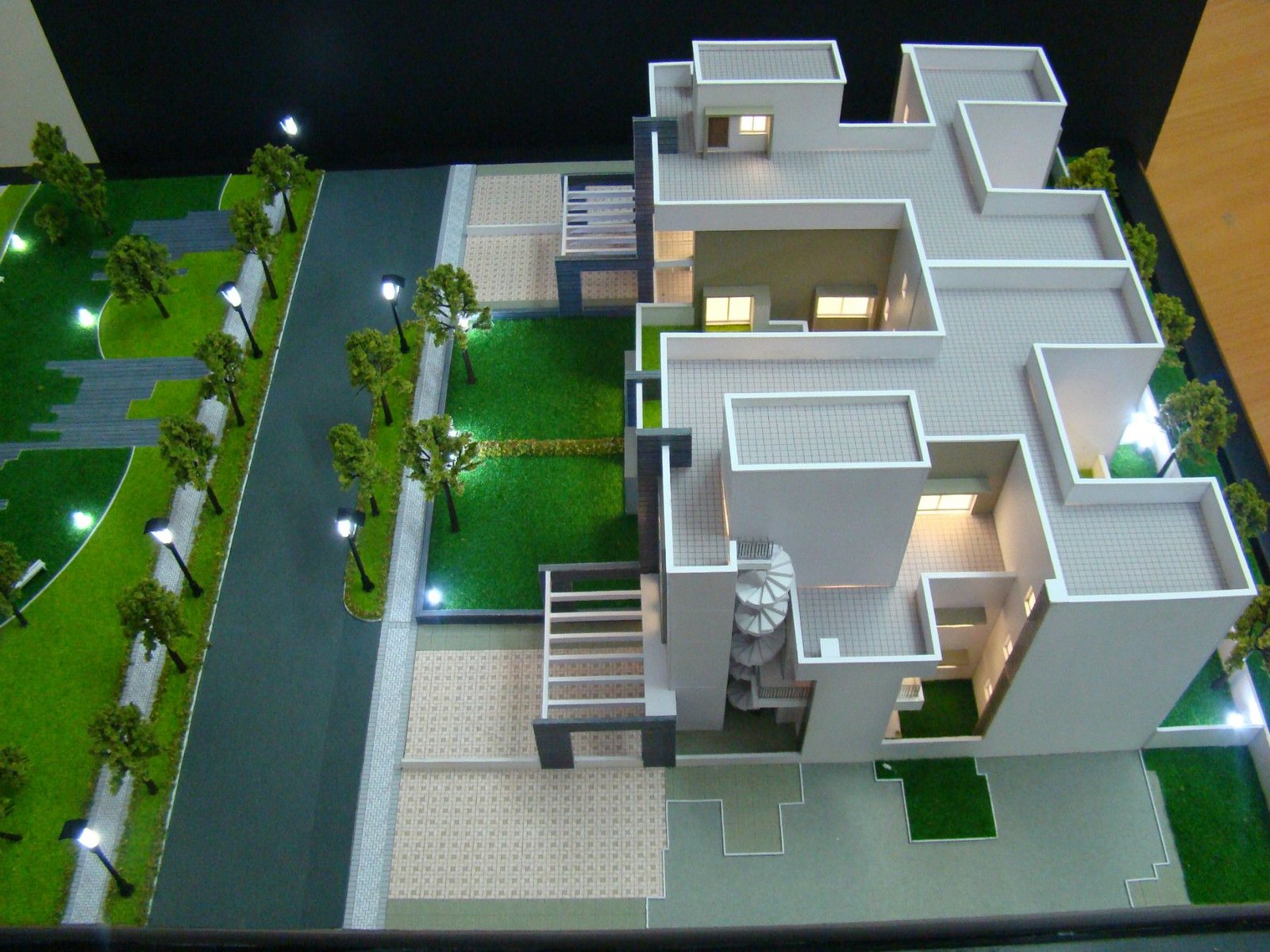In this article, we’ll discuss the best solutions for noise control in buildings. Noise can be a significant issue in residential and commercial spaces, affecting comfort and productivity. Implementing effective noise control measures can create a more peaceful environment. Here are practical solutions for noise control in buildings that can help reduce sound transmission and improve overall acoustic quality.
1. Understanding Noise Sources
Before addressing noise control, it’s essential to understand the various sources of noise. Noise can come from outside, such as traffic or construction, or from inside, like loud neighbors or appliances. Identifying these sources helps in choosing the right solutions for noise control in buildings. By knowing where the noise originates, you can target your efforts more effectively.
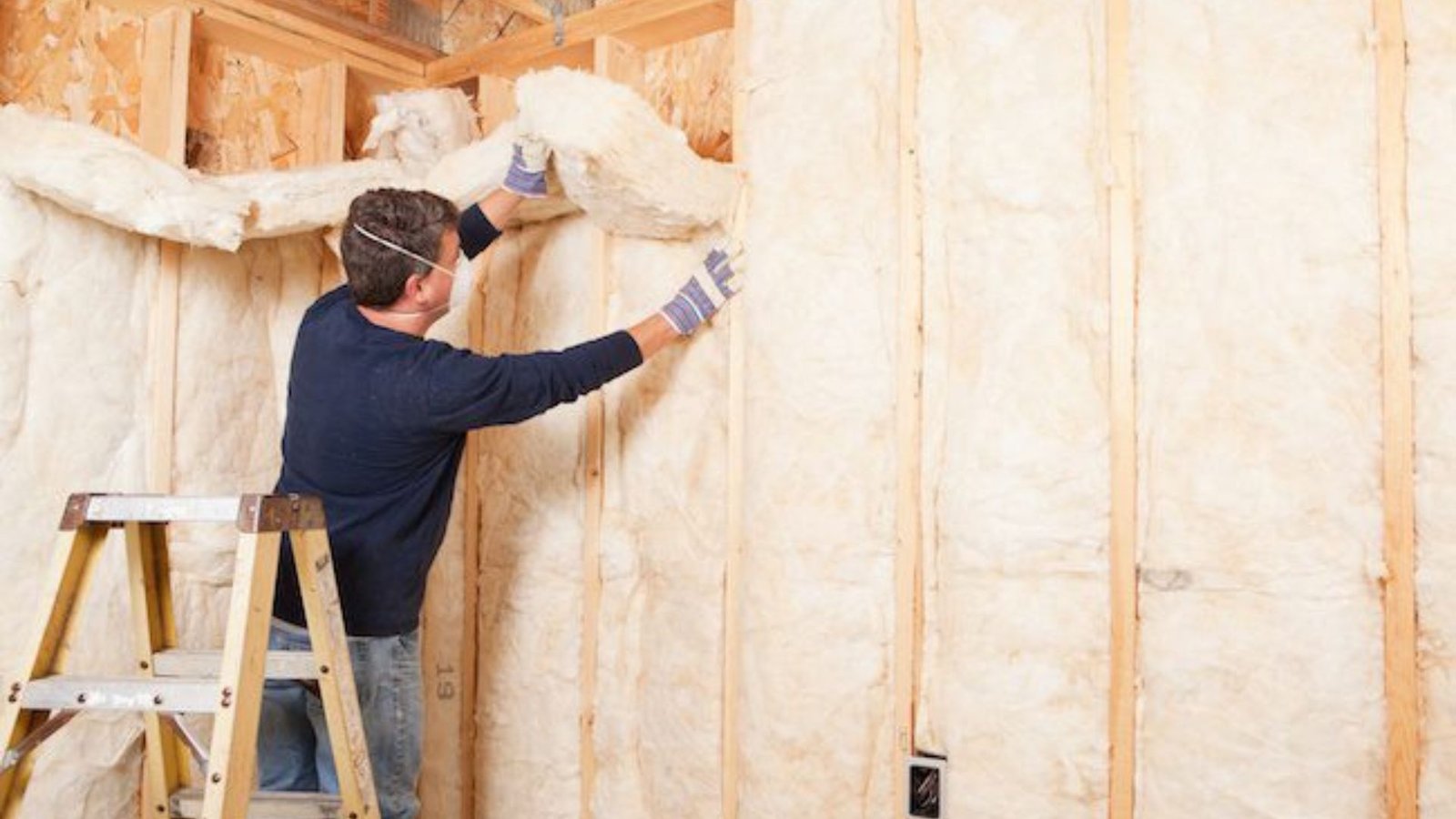
2. Soundproof Windows
One effective solution for noise control in buildings is installing soundproof windows. Traditional windows can allow a lot of noise to enter. Soundproof windows have multiple layers of glass, which help to block sound. They also come with special seals to minimize gaps. This solution is particularly useful for homes or offices near busy streets, as it can significantly reduce external noise.
3. Acoustic Insulation
Using acoustic insulation is another excellent method for sound control. Insulation materials can be installed in walls, ceilings, and floors to absorb sound and prevent it from traveling between rooms. For example, mineral wool and fiberglass insulation are both effective at dampening noise. By incorporating acoustic insulation into your building design, you can create quieter spaces.
4. Soundproof Doors
Another solution for noise control in buildings is to use soundproof doors. Regular doors may not provide adequate sound isolation. Soundproof doors are heavier and denser, which helps block sound transmission. Installing solid-core doors with weather stripping can enhance the acoustic performance of your spaces. This is especially important for home offices or conference rooms where privacy is needed.
5. Wall Treatments
Decorative wall treatments can also play a role in noise control. Adding acoustic panels or sound-absorbing materials to walls can help reduce echo and background noise. These panels come in various styles and colors, making them a functional and aesthetic choice. They can be particularly beneficial in open-plan offices, where noise can easily travel from one area to another.
6. Carpets and Rugs
Flooring can significantly impact noise levels in a building. Hard surfaces, like tile or hardwood, can reflect sound, leading to a noisier environment. Using carpets or rugs can help absorb sound and reduce noise transmission between floors. Additionally, adding padding beneath carpets enhances their sound-absorbing properties. This solution is ideal for both residential and commercial spaces.
7. Ceiling Treatments
Incorporating acoustic ceiling tiles is an effective solution for noise control in buildings. These tiles are designed to absorb sound and reduce echo. They can be especially useful in commercial spaces like offices, schools, and restaurants, where noise levels can be high. By installing acoustic ceiling tiles, you can create a more pleasant atmosphere for occupants.
8. Landscape Design
When considering noise control in buildings, don’t overlook the power of landscape design. Strategic placement of trees, shrubs, and fences can act as natural sound barriers. Dense vegetation can help absorb sound and block noise from busy roads or construction sites. This is a simple yet effective way to enhance the sound environment around your building.
9. White Noise Machines
Using white noise machines is a practical solution for controlling noise in buildings. These devices produce consistent background noise that helps mask disruptive sounds. They are particularly effective in offices, therapy rooms, or bedrooms, where unwanted noise can be distracting. By incorporating white noise machines, you can create a more peaceful environment for work or relaxation.
10. Building Orientation and Design
Finally, the orientation and design of the building play a crucial role in noise control. When designing a new building, consider positioning it away from noise sources. Additionally, the layout can be optimized to place noisy areas away from quiet spaces. This thoughtful design approach can help minimize noise exposure and enhance the overall acoustic comfort of the building.
Conclusion
In this post, we’ve explored the best solutions for noise control in buildings. From soundproof windows and doors to acoustic insulation and landscaping, there are many strategies to reduce noise and enhance comfort. By implementing these solutions, you can create a quieter and more enjoyable environment for occupants. Noise control is essential in both residential and commercial spaces, and taking these steps can significantly improve quality of life and productivity.



